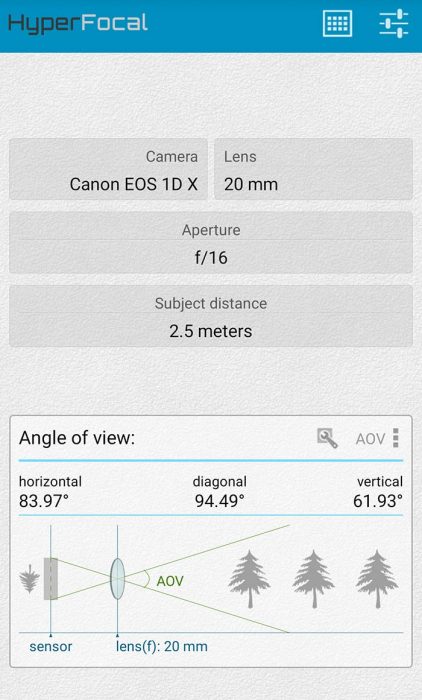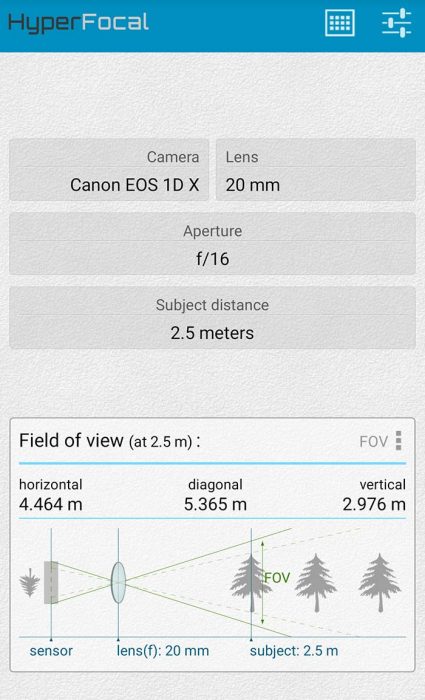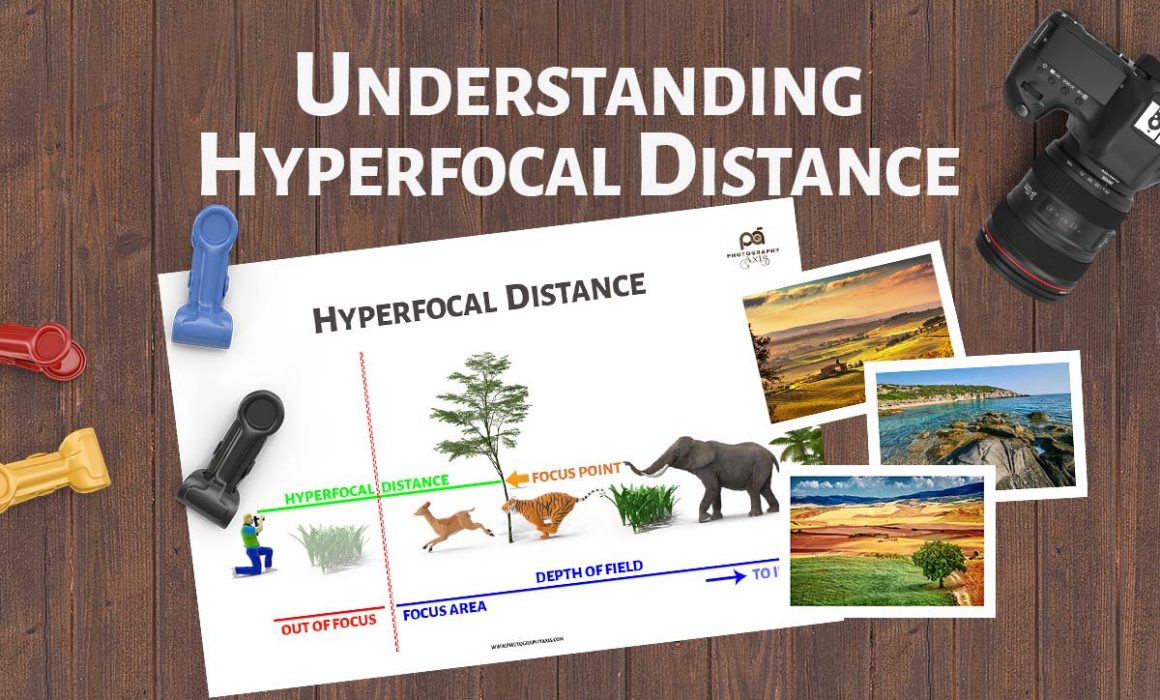Understanding Hyperfocal Distance
During the initial days of photography, calculating the Hyperfocal distance was not considered that important since the camera sensor size was small and the lens used most was the wide angle one.
So, as a photographer in the early days, you get more DoF. At that time, people were trying to get a Shallow Depth of field in their images, where the subject stands out from the rest of the elements in the scene.
Even if you want to use the HF distance, then the old lens comes with this marking on it. So, you don’t have to do any calculations.
Before going into “Hyperfocal Distance,” I recommend reading, Understanding Depth of Field since we will be dealing with DoF here.
What is Hyperfocal Distance?
Hyperfocal Distance is the minimum focusing distance where you must focus to get acceptable sharpness in the image from that point to infinity, along with half the Hyperfocal distance before the focus point.
Do you find it confusing?
I think it is better to explain the concept of Hyperfocal Distance with an Illustration.

In the above Illustration, the Hyperfocal Distance for this particular scene is up to the tall tree near the crouching tiger from the photographer’s position.
Here, the photographer places the focus point on the tree and chooses a smaller aperture between f13 and f16. It helps to get more Depth of Field in the picture.
Thus, the photographer would get an acceptable focus region between the red dotted lines to infinity.
Thus, he would get a good focus area, starting from the running Deer to the tall coconut trees behind the Elephant.
Therefore, he will get more Depth of Field in his landscape shot, bringing more elements in the scene into focus.
How to Find Hyperfocal Distance?
There are multiple ways by which you can find the Hyperfocal distance.
We will go through all these methods. You can choose one among them.
1. By Calculation
Hyperfocal Distance can be derived from the mathematical equation since it is related to the camera optics. It is as given below:

You can use this formula to find the point of focus to get more Depth of field.
2. Smartphone Application
There are many free smartphone apps that show up the Hyperfocal Distance when you enter the Camera model, Focal length, and Aperture.
Once you get this distance, then you can compose your frame in such a way that a closer object in the foreground can be used for the focus point.

HyperFocal is one such Android app that is available for free.
You can enter the Camera model, focal length to be used, Aperture value and distance of the subject in interest and the app will throw you the Hyperfocal distance value.

It will show the distances graphically for a better understanding.
You can see Depth of Field, Field of View, and Angle of View in a graphical representation. I found this app to be pretty useful.

3. Online Hyperfocal Distance Tables
You can also use any online Hyperfocal Distance tables.
Download these tables and keep them on your phone so that you can check them on the field.
You will get the HF distance for all types of cameras.
So, don’t download everything on your phone. Download the table which corresponds to your camera model. If you are using a full-frame camera, save the table for a full-frame camera.
Factors Affecting Hyperfocal Distance 😎
Hyperfocal distance is dependent on many factors. All these factors are listed below.
1. Focal Length
Focal length plays a vital role in the Depth of the field.
Smaller focal length results in closer Hyperfocal distance.
Higher focal lengths are good for getting a shallow depth of field.
2. Angle of View
As the Angle of View increases the Hyperfocal distance becomes closer.
Wide-angle lenses will have closer hyperfocal distance than telephoto ones.
So, try to get the lowest possible focal length to get more area in focus in your photo.
3. Sensor Size
The size of the camera sensor is also an important parameter when it comes to HF distance.
The smaller the camera sensor size closer will be the Hyperfocal distance and hence more Depth of field.
The above statement is applicable if the lenses are of the same equivalent focal length.
I will explain it with an example.
The HF distance of the Canon 7D Mark II camera (1.6x Crop factor) using a 10mm wide angle lens will be more when compared to that of a Canon 1DX Mark ii full-frame camera using a 16mm lens.
The crop factor of the camera body needs to be considered for the equivalent focal length calculation.
But, if we use the same camera lens at the same focal length on Canon 7D Mark ii and Canon 1Dx Mark ii, then Canon 1Dx Mark ii will have a closer HF distance. Thus, sensor size matters.
4. Circle of Confusion
A circle of Confusion is how big an out-of-focus point of light is considered a sharp point of light.
The larger the Circle of Confusion, the closer will be the HF distance.
Why Use Hyperfocal Distance in Photography?
When you do Landscape photography you want to get all the areas to be sharp, which demands a larger depth of field.
Now, you will be thinking that you can go for the smallest possible Aperture. But, this comes with two big problems.
Firstly, the diffraction phenomenon starts to kick in when you go to narrow Aperture values. Thus, you will end up losing the sharpness of your image.
Secondly, a narrow Aperture demands a slower shutter speed, particularly if the ambient light is low.
If there is any wind or any moving object in the scene, you may not be able to freeze that motion in the image.
So, better to go with the HF Distance to get an acceptably sharp image.
Conclusion
Knowing the Hyperfocal distance will help you get more depth of field in your photo. It applies to all types of photography where you are looking for more Depth of field in your image.
If you are a landscape or nature photographer, you will find this guide really useful

